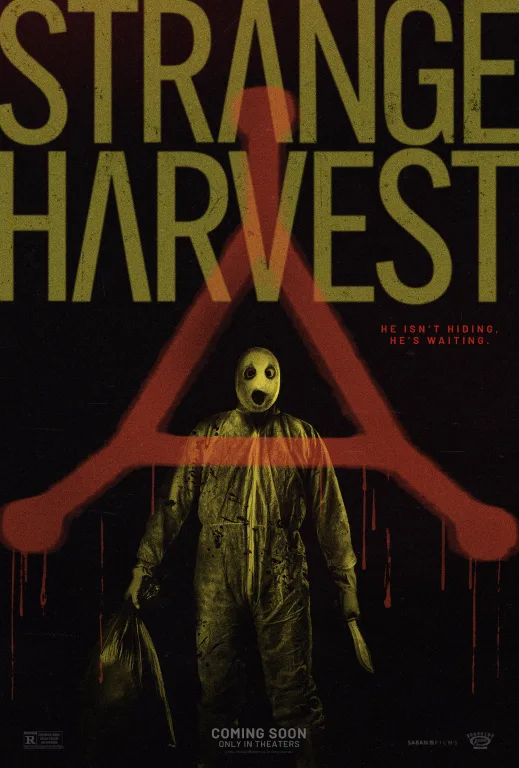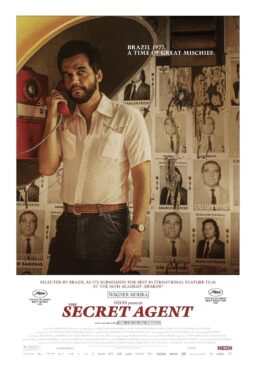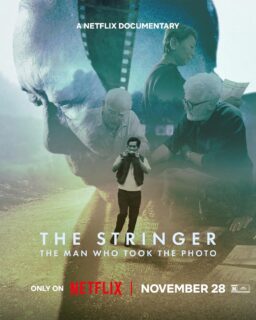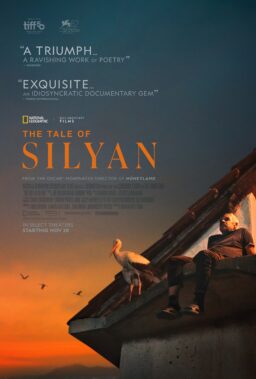Writer/director Stuart Ortiz’s “Strange Harvest” packages a horror show in mockumentary threads. Following the case of a serial killer dubbed Mr. Shiny from 1995 to 2010, “Strange Harvest” details the police reportage and crime scene evidence used in pursuit of the infamous murderer.
The film capitalizes on America’s obsession with true crime to fuel itself. In documentaries aplenty, former real-life serial killers are immortalized in the appetites of viewers. Presently, documentary series are announced during the trials or investigations of still-fresh cases like the Idaho college killings. Podcasts bear names like “My Favorite Murder” and gross millions of dollars annually. This format seems to work, as evidenced by grisly details and procedural breakdowns. What flies under the radar of true crime but ups the ante of “Strange Harvest” is the self-awareness that this genre of entertainment is fear-mongering.
It preys on this happily, not only providing the brutal descriptions but leaning into truly grotesque work on the many bodies that befall the film’s police department. The film introduces us to the horrors when a concerned friend calls for a welfare check on a fellow neighborhood mom. When the cops arrive, we’re taken through the home eerily before landing in the dining room where the family—mother, father, and daughter—are gagged and bound at the table with their hands in perpetual prayer. The buckets at their feet are filled with blood, marked by levels of “going, going, gone.” And with eyes rolled back in their heads, ours follow their gaze to the triangular symbol painted in blood on the ceiling, the signature of Mr. Shiny.
But this horrific debut is not a firm promise of what’s to come. The film’s special effects are extremely inconsistent. Crime scene photos stretch the imagination in terms of what photographs are meant to look like. Blood spatter is superimposed with clip art clarity. Faces are poorly edited into the film. Overediting is blatant. In actual filmed scenes, the corpse work is magnificent, so much so that it’s truly shocking. But the cut to photographs lessens the impact. One wonders why so much effort is put into the bodies for them not to be used consistently in all aspects of filmmaking.
Aside from this, the storytelling and mockumentary style are pretty convincing. At times, it is easy to forget that what they’re watching is fiction, especially in found footage scenes, such as those via webcam, police body cams, or security cameras, where we see the actions of Mr. Shiny as they unfold. It’s deeply unsettling.
The talking heads work well, with rough-edged Det. Alexis Taylor (Terri Apple) and somber-eyed Det. Joe Kirby (Peter Zizzo) works believably as the emotional narrator of the tale. However, despite the generative AI usage, which, on principle and execution, fails, the carnage and found footage aspect of “Strange Harvest” is its ultimate pride. Even when the film leans into the occult and otherworldly, the crux of the fear remains: this can really happen. Someone could believe in this, and this is exactly what it would look like. Hinging on the nitpicking anxieties of the true crime genre, “Strange Harvest” maintains an air of abject horror, even if its penchant for ease nudges focus out of the way.
Editor’s Note: A previous version of this review reflected the film’s use of generative A.I. while on the festival circuit but it has reportedly been recut since then and, according to the director “the theatrical version of the film is 100% AI free.”




















